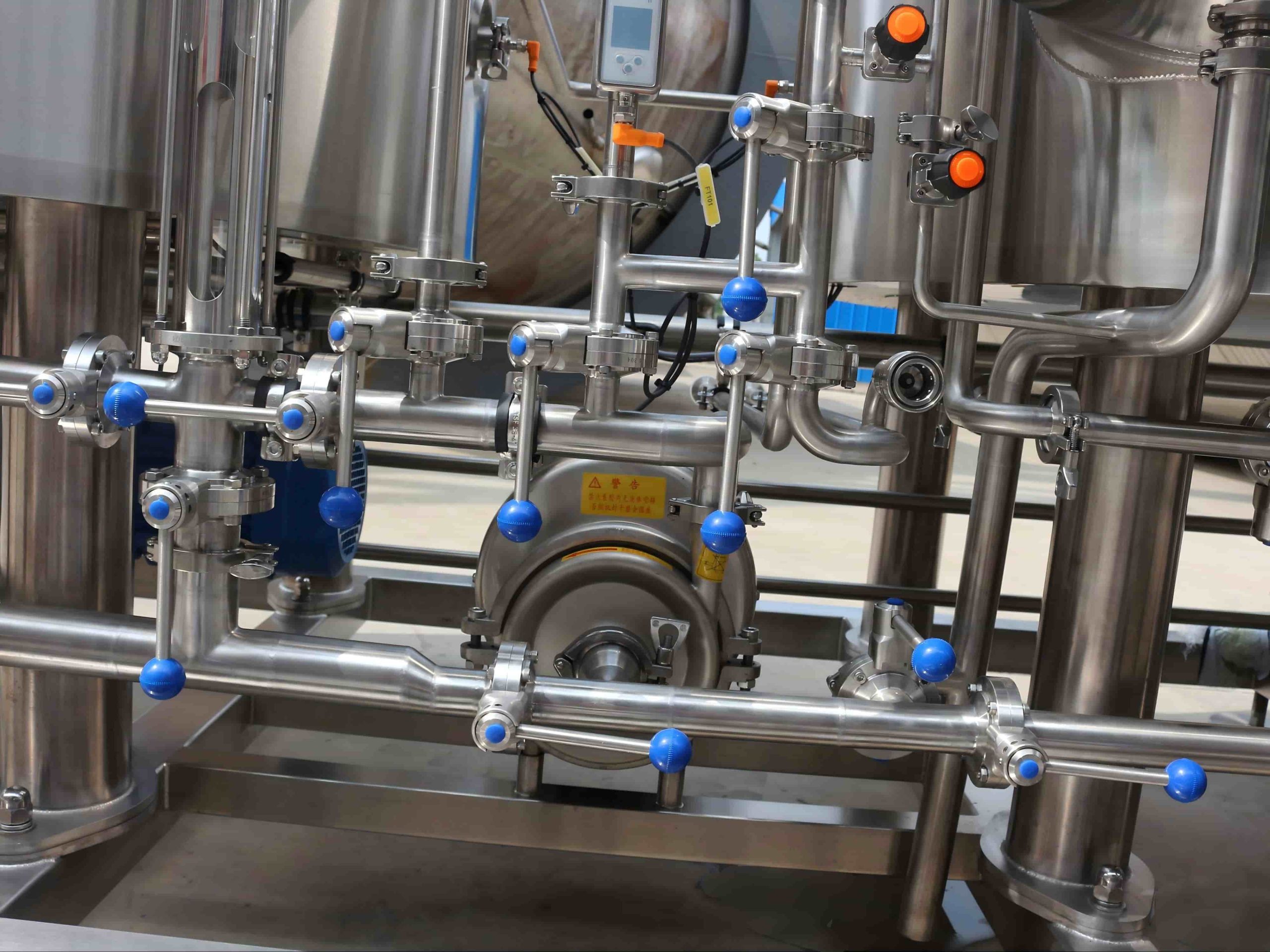”
Introduction
Brewing your own beer at home has never been more popular, and one of the essential tools for any aspiring homebrewer is a beer fermentation kit. This article will guide you through the important aspects of using a fermentation kit effectively, ensuring your homemade brews turn out delicious. By understanding its components and usage, you can elevate your brewing experience and enjoy craft beer made by your own hands. At SKE Equipment, we offer high-quality fermentation kits that cater to both beginners and experienced brewers alike.
What is a Beer Fermentation Kit?
A beer fermentation kit is a collection of equipment that allows homebrewers to ferment their wort into beer. Fermentation is a crucial step in the brewing process, as it transforms sugars into alcohol using yeast. These kits typically include a fermenter, airlock, and other accessories necessary for the brewing process. Investing in a quality beer fermentation kit is essential to achieve consistent and great-tasting results.
For a deeper dive into the brewing process, you might want to check out our article on “”What is Beer Brewing?””.
Components of a Beer Fermentation Kit
Understanding the components of your beer fermentation kit is crucial for successful brewing. Here’s a breakdown of the essential elements:
- Fermenter: This is usually a large plastic or glass container that holds your wort during the fermentation process.
- Airlock: This device allows gases produced during fermentation to escape while preventing contaminants from entering.
- Thermometer: Monitoring the temperature is vital for yeast activity and flavor development.
At SKE, our fermentation kits provide all necessary components to make the brewing process easy and accessible. With comprehensive instructions and quality materials, anyone can become a skilled homebrewer.
How to Use a Beer Fermentation Kit
Using a beer fermentation kit is straightforward, but here are the essential steps to ensure success:
- Prepare your wort according to your beer recipe.
- Transfer the wort to the fermenter, ensuring it is properly sanitized.
- Pitch your yeast into the cooled wort.
- Seal the fermenter with an airlock, and place it in a temperature-controlled environment.
- After fermentation (typically 1-2 weeks), check the specific gravity to ensure fermentation is complete.
Following these steps will help you produce quality beer every time. For troubleshooting common fermentation problems, consider visiting our troubleshooting guide.
Common Mistakes in Beer Fermentation
Even seasoned brewers can face challenges. Here are common mistakes to avoid during fermentation:
- Not maintaining the right temperature: Yeast thrives within specific temperature ranges, and deviations can lead to off-flavors.
- Using non-sanitized equipment: Bacteria can spoil your beer, so always sanitize your tools before use.
- Over-oxygenating the wort: Oxygen exposure after fermentation can lead to oxidation, affecting flavor.
Awareness of these pitfalls can save you a batch of beer. For further related reading, our article on “”Homebrewing Guide”” offers detailed insights.
FAQ
What is the best temperature for fermentation?
The ideal fermentation temperature generally ranges from 65°F to 75°F, depending on the yeast strain.
How long should I ferment my beer?
Most beers ferment for about 1-2 weeks. Always check the specific gravity to confirm fermentation is complete.
Can I use a glass fermenter for my beer?
Yes, glass fermenters are great for brewing as they are non-reactive and allow for easy monitoring of the fermentation process.
Contact SKE Equipment
At SKE Equipment, we are here to assist you with all your home brewing needs. If you need further information about our beer fermentation kits or any brewing equipment, feel free to reach out to us!
- Facebook: Follow us on Facebook
- Mailing Address: Please check our website for locations.
- Email: info@skeequipment.com
Don’t hesitate to fill out the contact form at the bottom of this page for personalized assistance!
“

